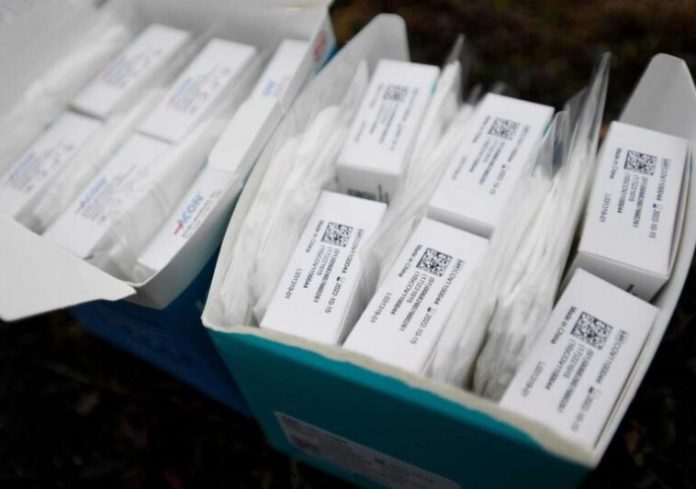People’s worst suspicions about produced in China home Covid tests were well-founded, according to a new study published in the American Journal of Emergency Medicine, according to the National Institutes of Health.
The Biden administration stated in January that it would buy a billion tests, including ones made in China, and send them to American households for free.
The White House said that “the Biden Administration is purchasing one billion at-home, quick COVID-19 tests to provide to Americans for free to assure Americans have tests on hand whenever a need arises. On January 19th, a half-billion tests will be available for order and shipped straight to American households.”
Not only were the tests defective in terms of false positives and low sensitivity, but some Covid-19 fast antigen home test kits were found to contain a hazardous substance.
The COVID-19 pandemic’s longevity has forced the development and broad availability of COVID-19 virus detection tools in people. COVID-19 diagnostics, which were previously only available in healthcare facilities, are now available for home use as rapid diagnostic tests, which typically include a nasal swab, reagent solution, and test instrument. In the presence of biological material acquired from the nasal swab, reagent solution is applied to the test equipment, which triggers a chemical reaction that generates the test result.
Other ingredients in certain kits, such as Triton-X, inorganic phosphate, and Pro-Clin 300, may be present in the reagent. Although modest levels of the latter chemicals are unlikely to cause human toxicity, they may elicit allergic reactions or local irritation following ocular or cutaneous exposure. However, sodium azide is well-known for its potential to harm people, particularly following oral exposures and possibly including reagent solution intake. Furthermore, because the reagent solution packaging may include ampules that allow for the delivery of drops of solution to the test device, accidental ocular sodium azide exposures can occur if the ampule is mistaken for an eyedropper.








